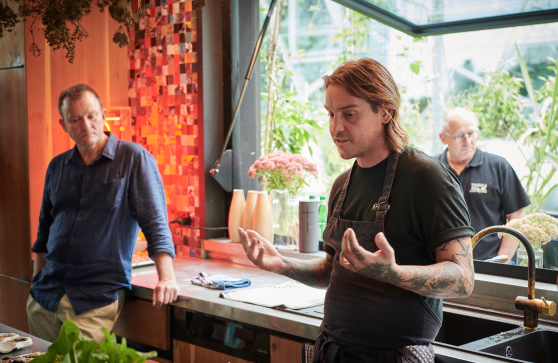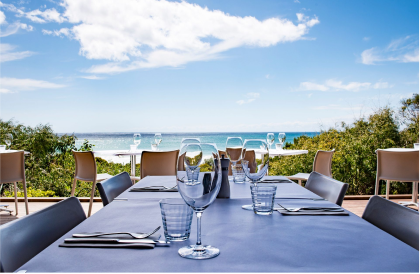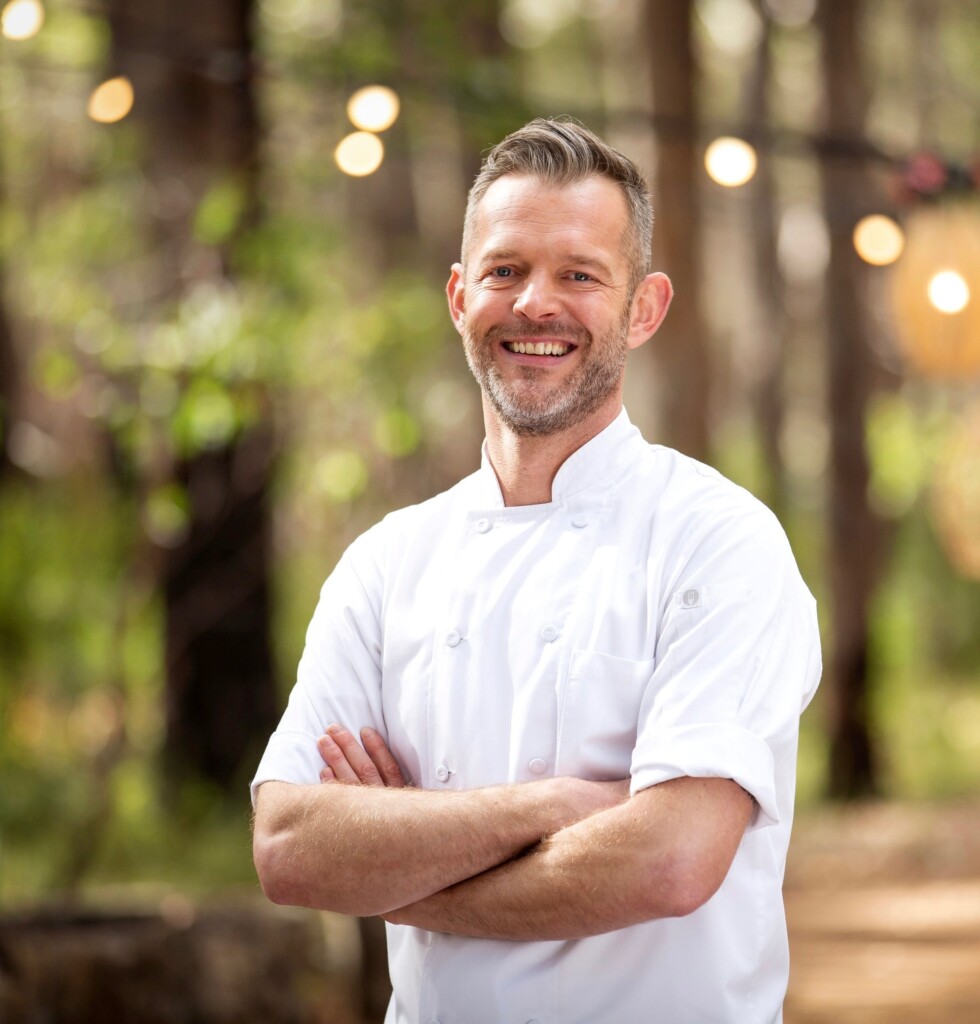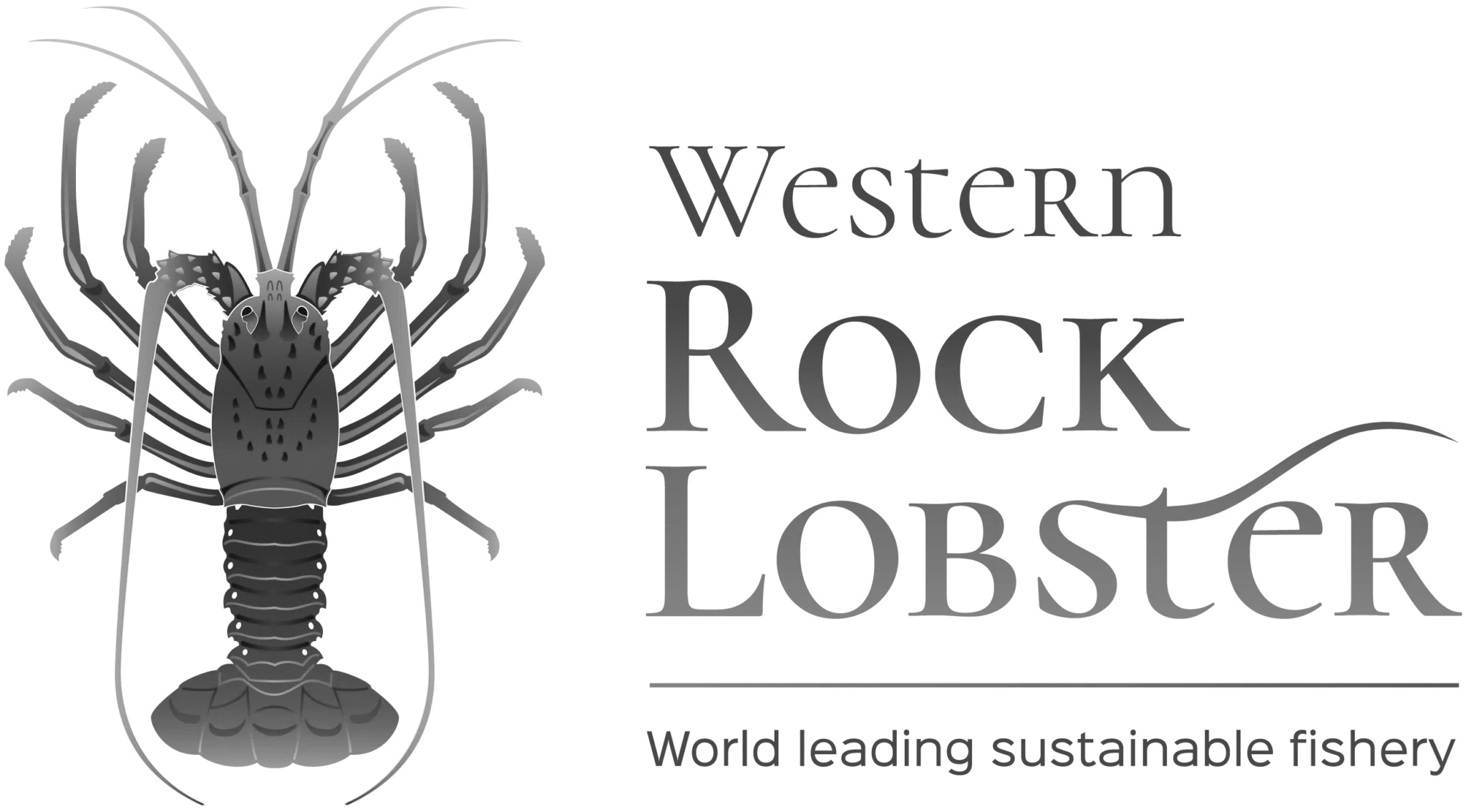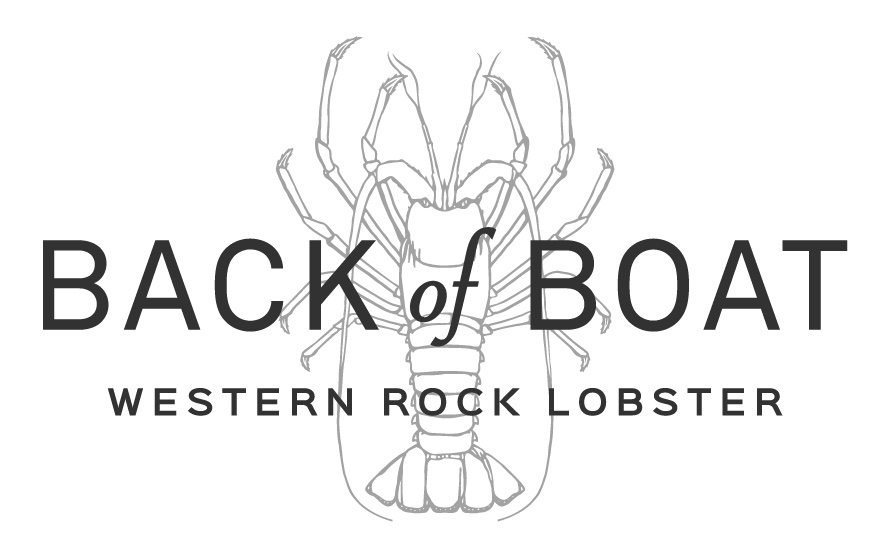With our homegrown Albany Rock Oyster season upon us, the Albany-based team at Leeuwin Coast have been hard at work preparing for the opening of the season. But it’s a year-round job in bringing West Australian diners a quality product from their own shores, and one that tells its own story of taste and farming standards.
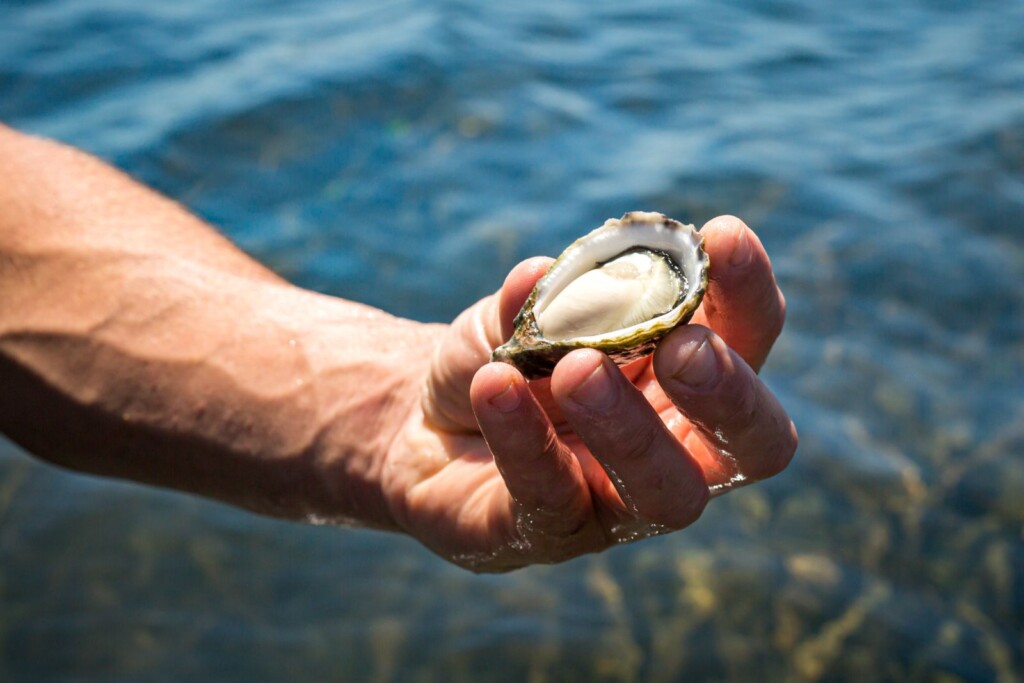
Anyone who has spent time in Albany will know that its dual name of Kinjarling is apt. To the Menang people it translates as a “place of plenty,” and has on occasion been dubbed as a place of plentiful rain. It’s the rain that opens and closes the rock oyster season, explains Rob Michael, the head of aquaculture at Leeuwin Coast’s parent company Harvest Road. At the end of spring with the last of the sizeable rains having passed, the season is open and can run for six months until Easter, he says.
Historically in WA we’ve seen a lot of Pacific oysters, says Michael. “They’ve typically been from South Australia, and Tasmania. The rock oyster is a very different animal,” he says. Whereas Pacific oysters are fast growing, generally larger, but milder and less complex, the rock oyster offers more for those who value that greater complexity.
“There’s a lot of environmental factors that create the flavour profile,” says Michael. “But one of the things we do that can have an influence on is the care taken in handling and grading.” A rock oyster naturally wants to grow flat and broad, he says, but the practices that Leeuwin Coast have in place influence the shellfish to grow its distinctive deep shape which gives it a better meat to shell ratio.
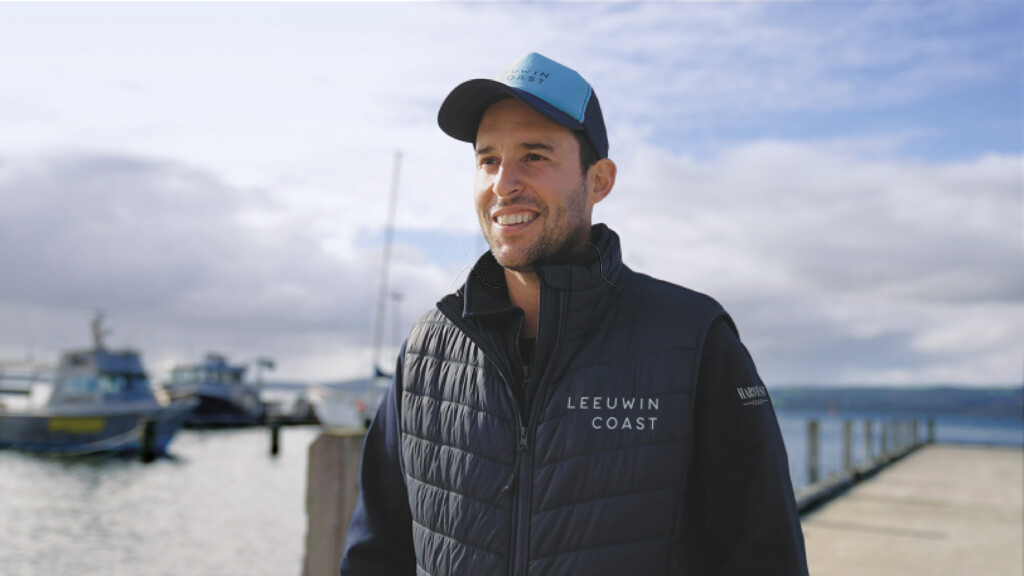
With a rigorous grading and cleaning process, Leeuwin Coast rock oysters spend time each month in and out of the water, which triggers a closure of the oyster, a natural survival mechanism. This opening and closing over three or more years strengthens the adductor muscle which is apparent if you hold a wild oyster next to a farmed one from the same area. You’ll see that the farmed specimen has a muscle that’s three or four times bigger than the wild one which is where an added sweetness is drawn from.
Leeuwin Coast don’t just have an eye on this season, with each oyster taking years to come to market. “We’ve got a cohort now that are ready for this summer, but we can’t neglect the other cohorts,” says Michael. “Each oyster is handled up to 15 or 20 times over their life and they grow at different rates. So, it’s a game of constantly pulling them out, putting them through our grading, separating the different sizes, putting them back in their size classes, and then three months later doing it again. Every animal gets an equal chance to grow at the same rate, and it allows us to really tighten up that consistency of shape and size.”
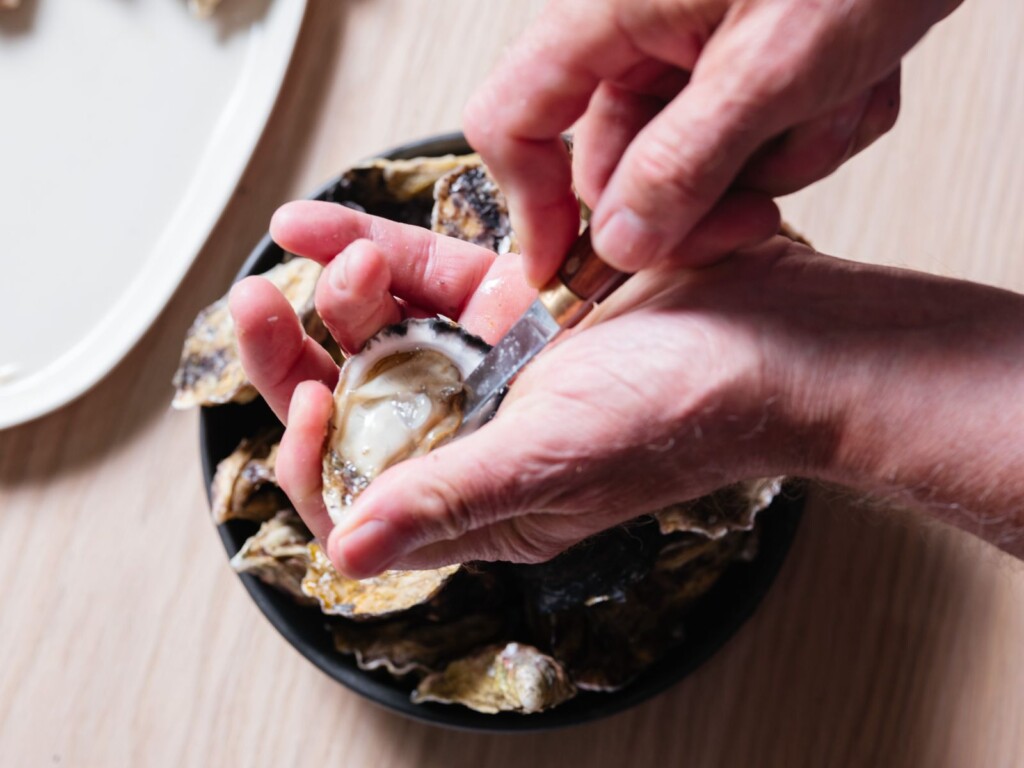
The rain brings nutrients from river catchments that flow into the estuarine environment of Oyster Harbour. Michael explains that “the nutrients bind up in the estuary and over summer as the water temperature warms up all those nutrients turns into algae which is food for the oyster. So that’s when they get really fat, really fast, and they’ll feed until it’s time to spawn.” And then the first big meaningful rains at the end of autumn and start of winter are a cue for the oysters to spawn, which brings the season to a close. Eating Albany Rock Oysters really is a case of get them while you can. As it should be.

